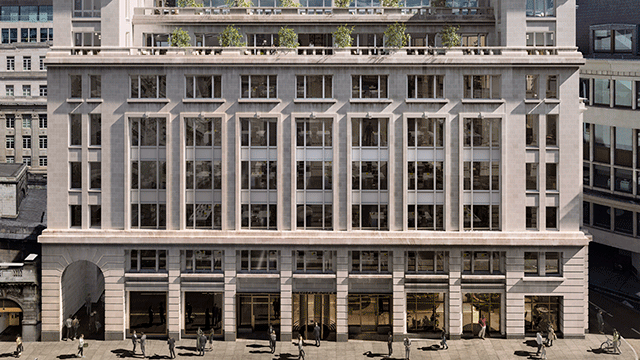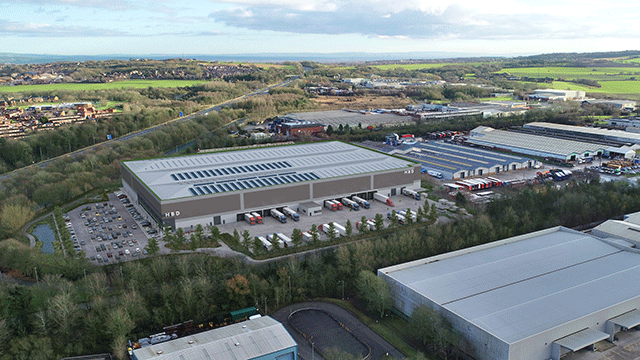COMMENT: Captain’s Log: 02 2020. A return to planet retail for this traveller who has been on a rather different mission for the past 24 months.
It’s hardly big news that retail investment is on the rocks, something which frankly has been a long time in the making.It’s 23 years since I gave my first presentation on the effect of the internet on shopping. The specialised REITs are having a torrid time, and in most balanced portfolios the retail assets are about as popular as a rattlesnake in a lucky dip.
Inevitably, as a new decade starts, in this case economically bolstered by a business-focused government with a significant majority, optimism is on the up. It’s understandable to see why such positive thinking is appropriate to the overall property sector, and we should be excited about the opportunities that could present themselves. However, I’ve been surprised by the number of commentators who have suggested that with the general upswing will come a turning point for retail and a bottom to the vicious cycle we are enduring.
It doesn’t pay to be too generic about real estate assets, and the retail sector is no different, but I’d suggest that we are a long way off the bottom of any cycle just yet. Here’s why:
- True property values are determined by occupational markets. When you apply that to today’s retail markets, it ought to send a chill up the spine of many a landlord. There is no quick fix, and in truth this isn’t a cycle, it’s a restructuring.
- True rental values for the majority of UK retail assets are almost completely an unknown. Total occupancy costs and occupiers’ turnovers are out of sync, and even the most accomplished advisers are having an almost impossible time pinning the tail to the donkey in terms of accurately assessing today’s rents. Add in the complications of an invidious rating system, service charge anomalies, tenant me-too clauses, ESG-related costs – let alone online sales –and you can see that establishing the truth on sustainable income is for the brave.
- If I had to make an estimate, I’d suggest that UK PLC’s Regional High St is probably still about 50% overrented. This epidemic is beginning to spread to London, as anyone who has walked down Oxford Street in 2020 will testify. The tone across the retail warehouse and large-format food sectors is not so bad – maybe 20%. There’s a strong argument that rents for convenience shopping are, at the very least, in line with affordability.
- Existing valuations remain a big constraint on achieving a quickly reformed market in retail investment. Valuers have been handed the ultimate cleft stick and, having been of that parish for many years, it’s a tricky dilemma, with clients having both a cake and an appetite. In many cases, year-on-year reductions have been significant – up to 25% in the case of the REITs – but in reality it was the starting point which was the problem. Anyone who still deals in initial yields in the retail sector probably needs a lie down.
- Suspended animation continues in that market where true values are site values, and that’s a position not even the most pessimistic investment valuation has reached.
- The worried passengers in all of this are the banks, which might well have more on their plate in 2020 than they imagined. LTVs aren’t just in breach on many assets, they are being lapped and my hunch is that some of the expertise the banks acquired in 2008 will need to be dusted off – retail-based NPLs won’t be a thing of the past.
- Any quick recovery in the sector will need capital. Intu’s quest to raise £1bn will be the acid test for shopping centres. The fact that its existing market cap rates its schemes at an average yield of 9% is perhaps an indicator to where prices might head. Either way, there is no meaningful capital for shopping centres today off their current valuations, and that won’t change in 2020.
You’ll gather that I don’t see a massive bounce back for the retail sector just yet. However, retail is a resilient place, and there will always be the need for good shopping, even if Generations X, Y and Z don’t want to consume quite as much as their predecessors.
So what might happen in 2020? Uber-prime experientially based retail is what people want; the high street will continue to fold in on itself, even in the best locations; the best-run retailers will flourish; high-yielding convenience and secondary parades will do well serving their customer’s badger trail habits; in even the best locations the move towards landlord and tenant sharing risk will grow – look out for a big revival in turnover rents, with perhaps some surprisingly low base numbers to attract the right occupiers; and local authorities will be on the hunt for commercial partners to save the vast majority of their town centres.
So, not all doom and gloom, but I’m pretty certain we aren’t ready for take-off just yet. My mission could be a long one.
David Erwin is founding partner of Dunluce Property











